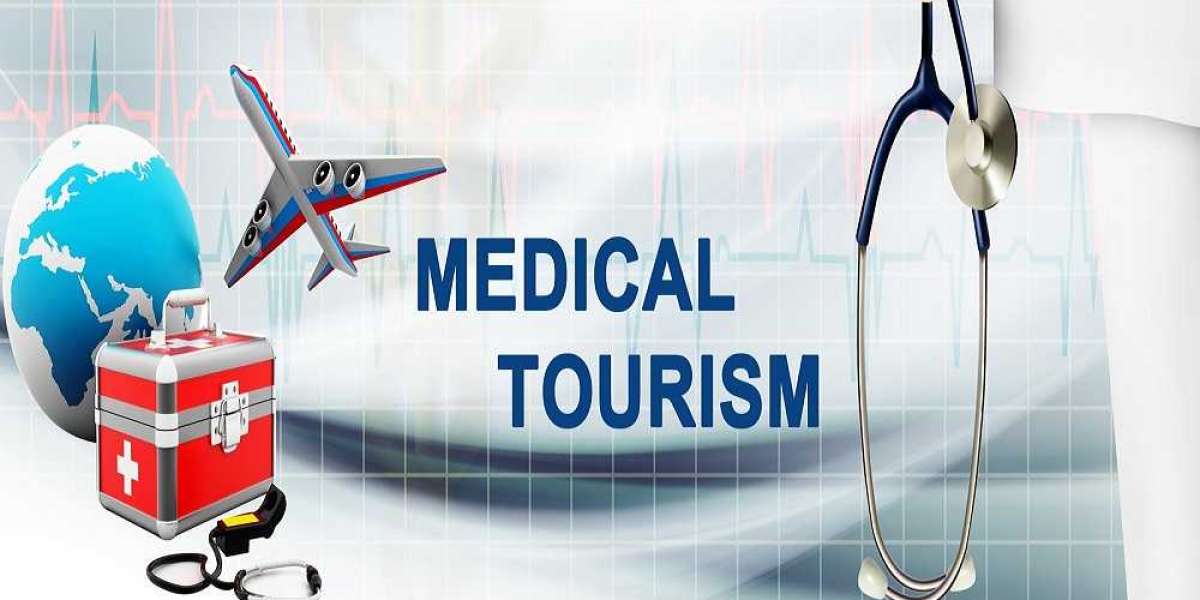Introduction to Medical Tourism
Medical tourism refers to the practice of traveling abroad to obtain medical, dental and surgical care. The key factors driving the growth of medical tourism include affordability, accessibility, and availability of quality treatment options. More and more people are choosing to travel to other countries for obtaining healthcare services.
Popular Destinations for Medical Tourism
Thailand:
Thailand has emerged as one of the top medical tourism destinations in Asia. It offers world-class healthcare facilities at substantially lower costs compared to other developed countries. Joint replacement surgeries, dental care and cosmetic procedures are some of the most commonly sought after treatments by medical tourists in Thailand. The country is also promoting medical tourism as a way to boost its economy.
India:
India's private healthcare sector has witnessed exponential growth over the past decade. Several Joint Commission International (JCI) accredited private hospitals in cities like Delhi, Mumbai and Chennai offer high-quality yet affordable treatment packages. Cardiac surgery, orthopedic surgeries and oncology are among the leading areas attracting medical tourists to India from countries like the United States, United Kingdom and Middle East.
Malaysia:
Malaysia is investing heavily in the healthcare and biomedical industry to increase its share in the global medical tourism pie. The sector is steered by organizations like the Malaysia Healthcare Travel Council (MHTC). Facilities like the KPJ Healthcare Berhad chain of private hospitals provide world-class patient care matching global standards of developed countries. Cosmetic, fertility and dental tourism are particularly popular segments.
Cost Savings with Medical Tourism
One of the primary factors driving the rapid growth of medical tourism is significant cost savings compared to healthcare expenditures in developed nations. Some examples include:
- A hip replacement surgery in the US costs between $40,000 to $75,000 but the same procedure in Thailand or India ranges from $10,000 to $15,000 including costs of travel and accommodation.
- The price for dental crowns and dental implants in Western countries like US and UK is anywhere between $3,000 to $4,000 per unit. However, these dental treatments are offered at $600 to $800 per unit in popular Asian destinations like Thailand and Malaysia.
- Average cost for in-vitro fertilization (IVF) or intrauterine insemination (IUI) ranges from $8,000 to $15,000 in the US but high-quality fertility treatment packages are available overseas at $3,000 to $5,000 including medications and multiple cycles.
Rising Acceptance, Risks Involved
With accredited centers delivering standardized care and successful outcomes, medical tourism is gaining wider acceptance globally. However, certain potential pitfalls and risks cannot be overlooked. These include post-surgical complications or infections, lack of aftercare support in the home country, language and cultural barriers, and difficulty establishing credentials of foreign physicians. Reliable information, thorough research and choosing recognized healthcare providers can help mitigate risks associated with medical value travel.
Future Growth Prospects
The Asian countries are ideal favorites but other emerging destinations include Brazil, Mexico, Costa Rica and Turkey as well. The key growth drivers include growing geriatric population worldwide, rise of lifestyle/wellness travel trend, universal healthcare challenges faced by developed nations and social media influencing treatment decisions of patients. Overall, medical tourism demonstrates huge untapped potential benefits provided issues around accreditation, safety and regulation are properly addressed by stakeholders.
Conclusion
In conclusion, medical tourism is an innovative solution for more affordable and accessible healthcare globally. Countries that can build robust infrastructure and awareness regarding this sector stand to gain economically through valuable foreign exchange revenues and employment generation. Standardized regulations and initiatives by organizations like JCI and MHTC are crucial to scale up medical tourism responsibly while safeguarding patients' interests. Only regulated growth of this industry will ensure it fulfills the twin goals of accessibility and affordability of quality healthcare services.
Search
Popular Posts
-
 Laser Cleaning Dry Market Size, Industry & Landscape Outlook, Revenue Growth Analysis to 2030
By ajit Chary
Laser Cleaning Dry Market Size, Industry & Landscape Outlook, Revenue Growth Analysis to 2030
By ajit Chary -
 The mobile app Pin Up casino
By Pin Win
The mobile app Pin Up casino
By Pin Win -
 Turkey E-Visa for Australian Citizens
Turkey E-Visa for Australian Citizens
-
 Looking for a new high efficient product for your home or office?
By dlgroupmalta
Looking for a new high efficient product for your home or office?
By dlgroupmalta -
 Shop the Latest Collection of Fans at Malta's Leading Store - Fans Malta
By dlgroupmalta
Shop the Latest Collection of Fans at Malta's Leading Store - Fans Malta
By dlgroupmalta



